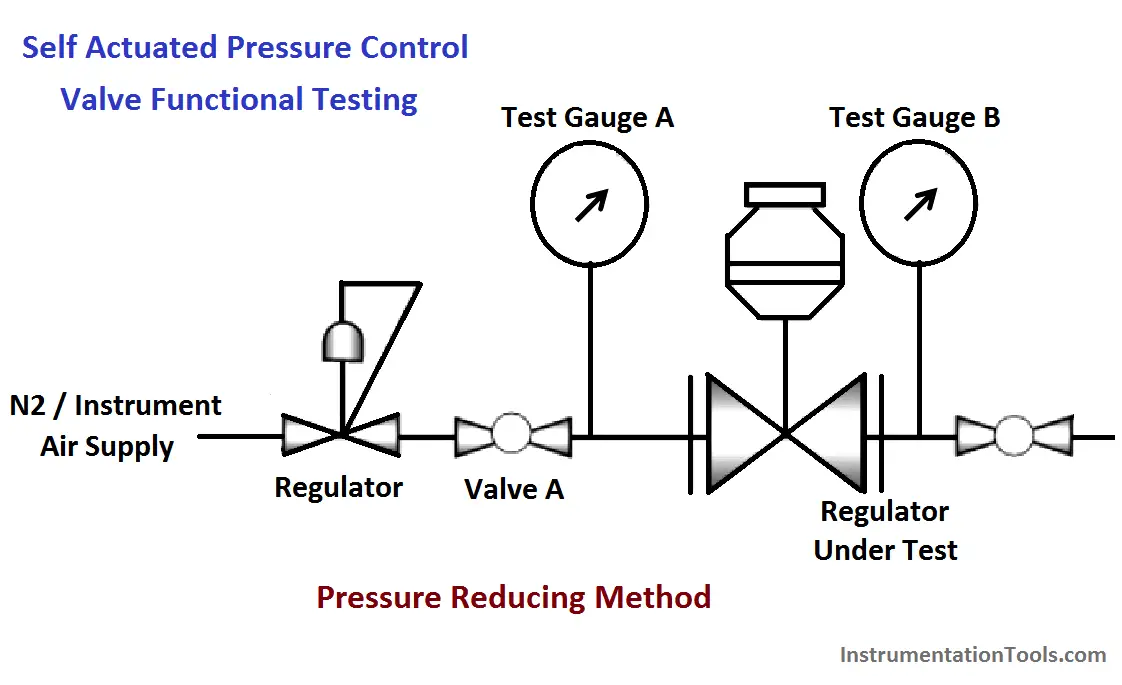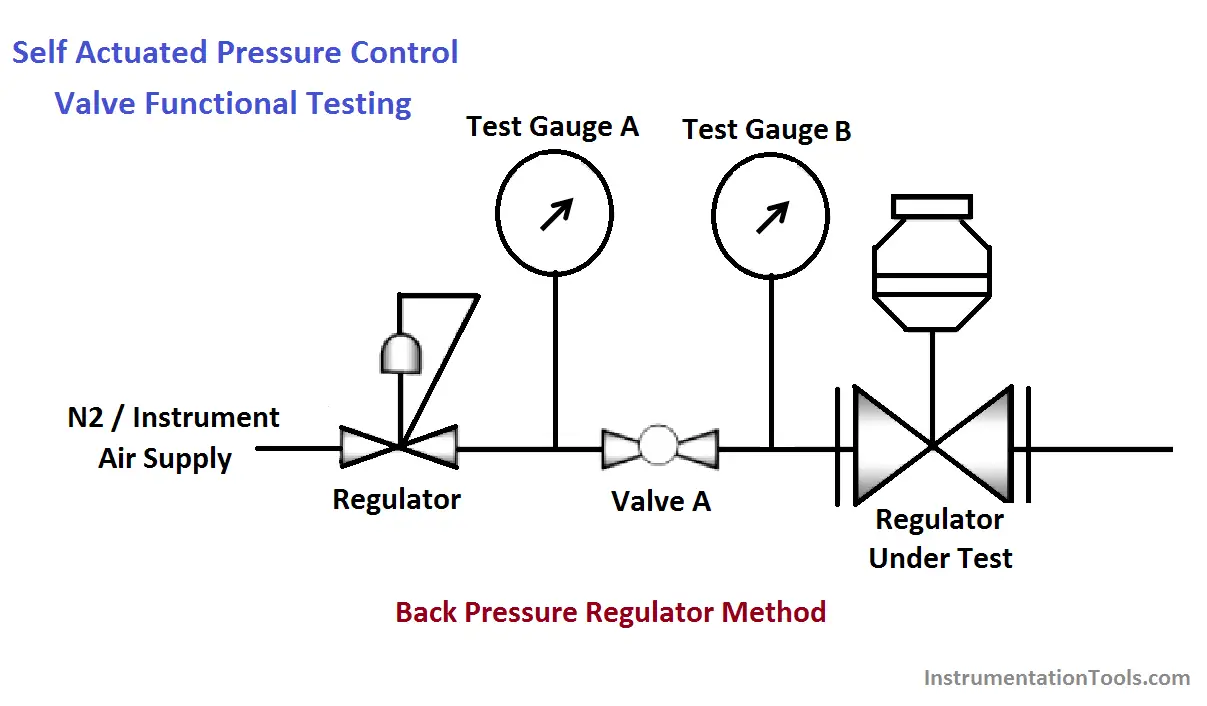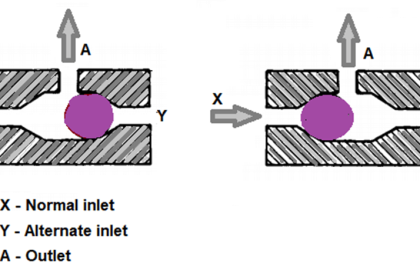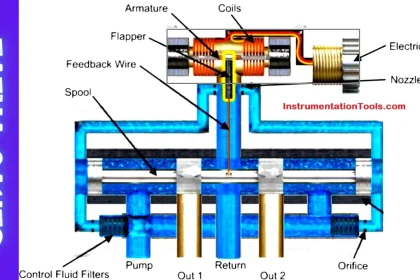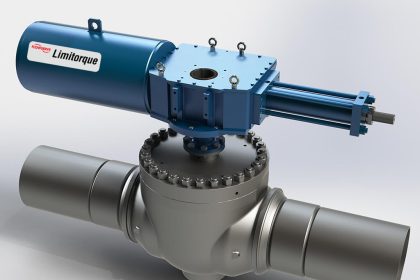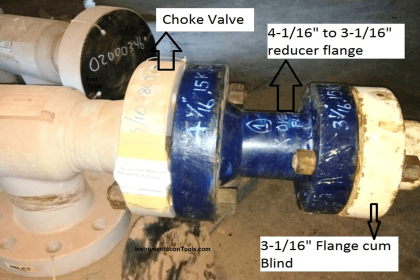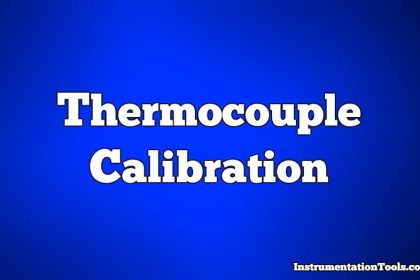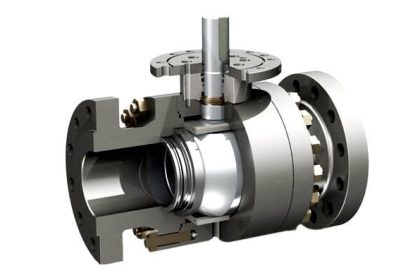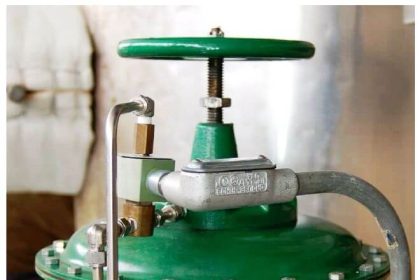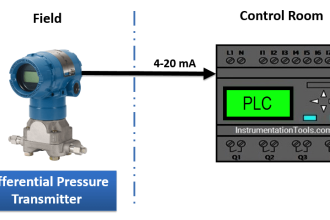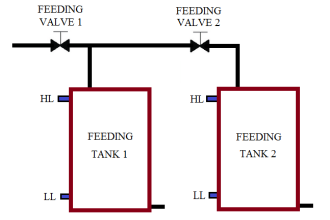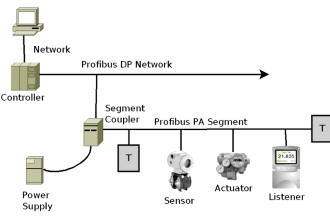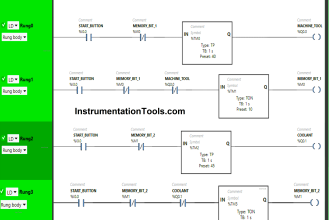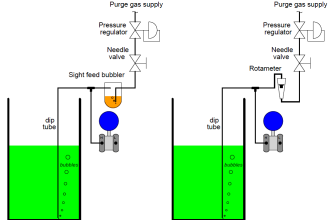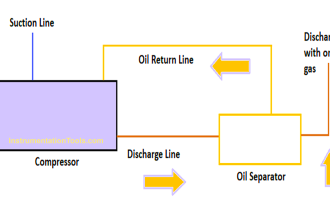SELF ACTUATED PRESSURE CONTROL VALVE FUNCTIONAL TESTING
1) Pressure Reducing Method
Test Equipment Required :-
- Regulator
- Test Gauge
Typical Test Set-up
Functional Testing Procedure
a. Check instrument data, check for pressure requirement.
b. Check vendor’s specification sheet or instrument nameplate maximum allowable pressure.
c. Hook-up instrument as typical test set-up.
d. Open Valve A, note down pressure indication of the test gauge B as the set pressure.
e. If the set pressure is not as per specification carry out as follows:
- Remove the cover of the set point adjustment screw
- Adjust the set point screw until the test gauge indicates the desired pressure.
f. Records all results in Instrument Calibration Check sheets.
2) Back Pressure Regulator Method
Test Equipment Required :-
- Regulator
- Test Gauge
Typical Test Set-up
Functional Testing Procedure
a. Check instrument data, check for pressure requirement.
b. Check vendor’s specification sheet or instrument nameplate maximum allowable pressure.
c. Hook-up instrument as typical test set-up.
d. Open Valve A, note down pressure indication of the test gauge B as the set pressure.
e. If the set pressure is not as per specification carry out as follows:
- Remove the cover of the set point adjustment screw
- Adjust the set point screw until the test gauge indicates the desired pressure.
f. Records all results in Instrument Calibration Check sheets.
